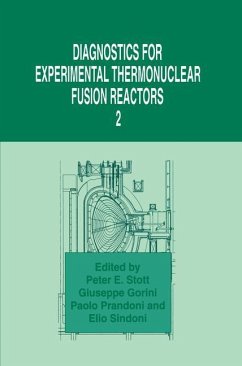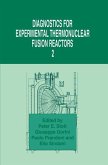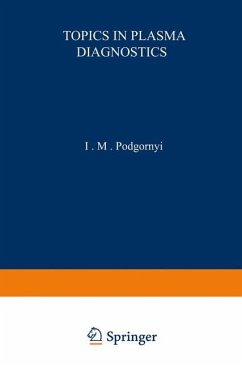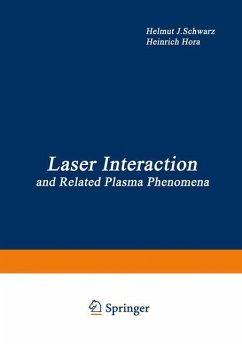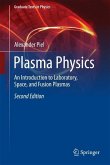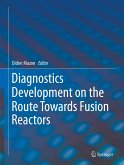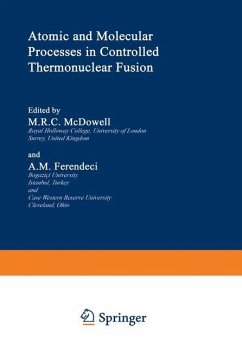This book of proceedings collects the papers presented at the workshop on "Diagnostics for Experimental Fusion Reactors" held at Villa Monastero, Varenna (Italy) September 4-12, 1997. This workshop was the seventh organized by the International School of Plasma Physics "Piero Caldirola" on the topic of plasma diagnostics and the second devoted to the diagnostic studies for the International Thermonuclear Experimental Reactor (ITER). The proceedings of the first workshop on ITER diagnostics were published by Plenum Press in 1996 with the title "Diagnostics for Experimental Thermonuclear Fusion Reactors". While many of the ideas and studies reported in the first workshop remain valid, there has been sub stantial progress in the design and specification of many diagnostics for ITER. This moti vated a second workshop on this topic and the publication of a new book of proceedings. ITER is a joint venture between Europe, Japan, Russia and USA in the field of con trolled thermonuclear fusion research. The present aim of ITER is to design an experimental fusion reactor that can demonstrate ignition and sustained burn in a magnetically confined plasma. To achieve this goal, a wide range of plasma parameters will have to be measured reliably. It is also anticipated that diagnostics will be used much more extensively as input to control systems on ITER than on present fusion devices and this will require increased relia bility and long-term stability.

